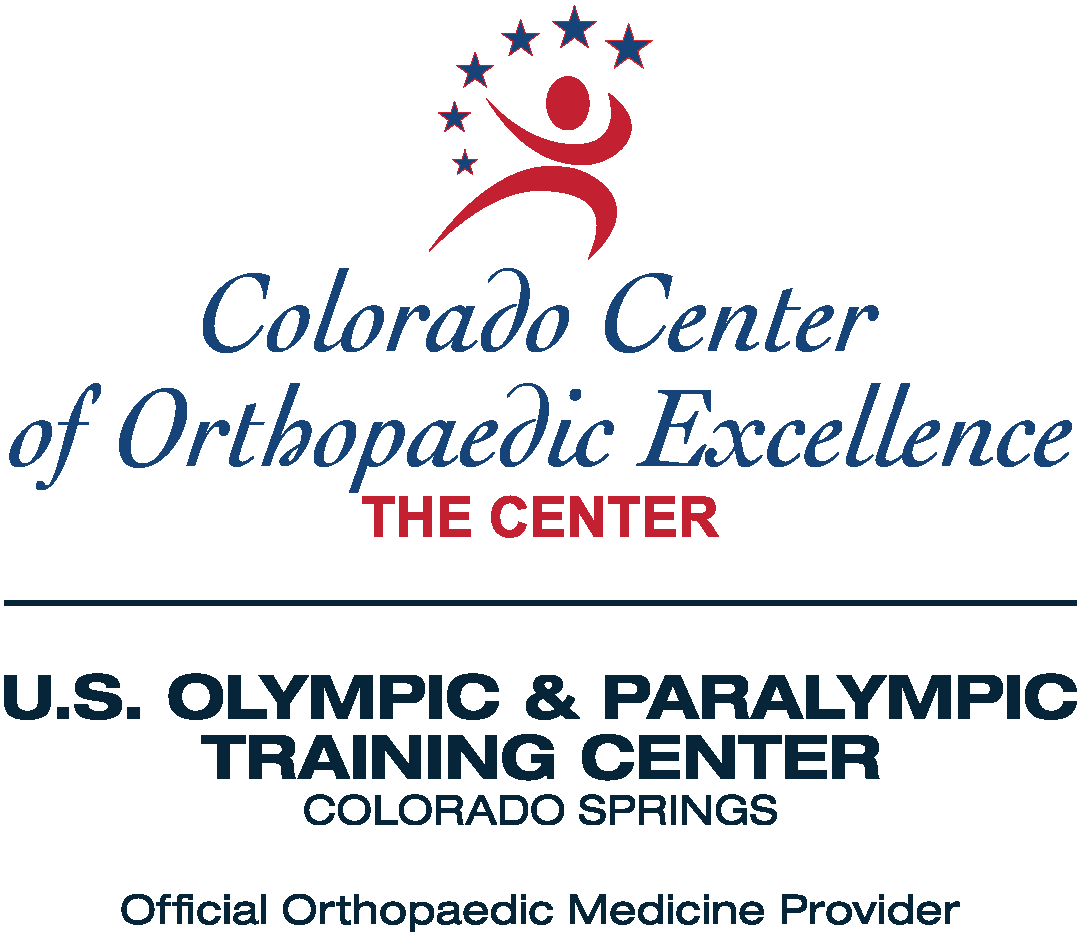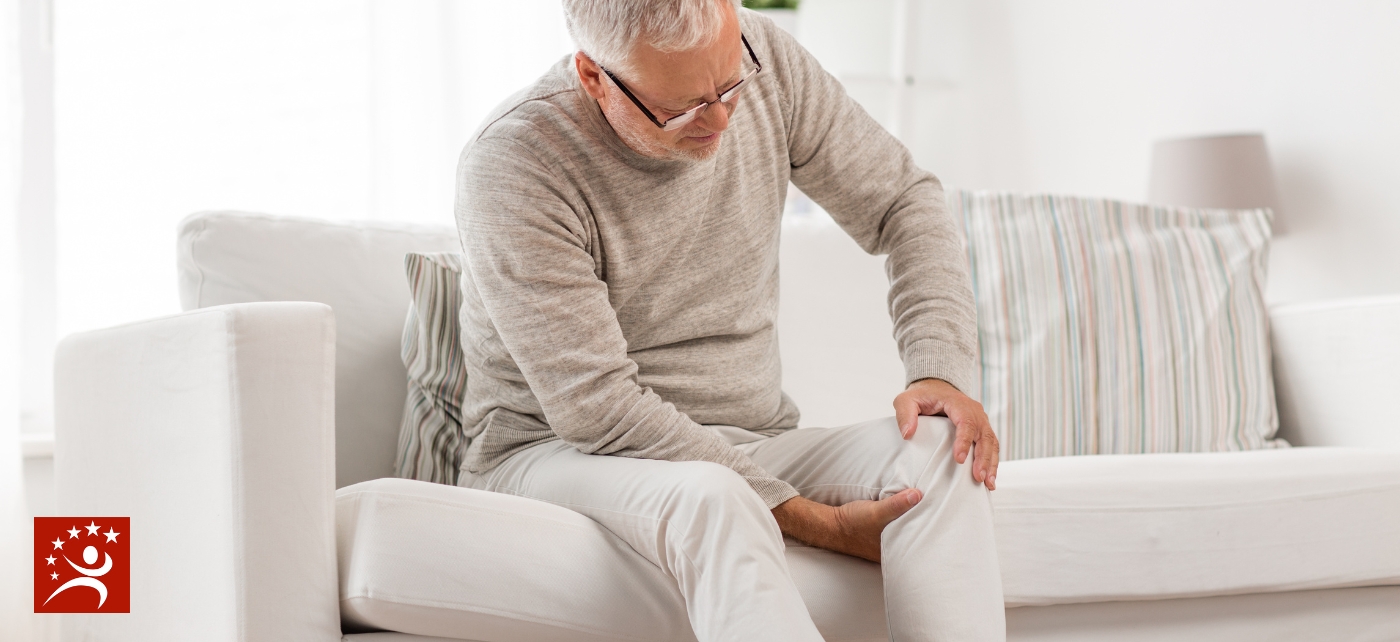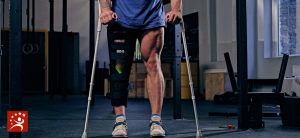Is it Arthritis Pain or Fibromyalgia? Colorado has had below-average temperatures this winter, and cold weather can increase feelings of pain and stiffness, leading some to wonder if their pain is from fibromyalgia or another cause.
Arthritis and fibromyalgia are two different medical conditions that can cause pain and discomfort in the body. Let’s take a look at each one.
Arthritis Pain
There are many different types of arthritis, such as osteoarthritis, rheumatoid arthritis, and gout. While symptoms can vary depending on the type of arthritis, people often experience pain, stiffness, limited range of motion, and difficulty with daily activities.
Two of the most common types of arthritis are rheumatoid arthritis and osteoarthritis. Rheumatoid arthritis is an autoimmune disease that causes inflammation. Osteoarthritis is a degenerative type of arthritis that causes cartilage and bones to break down over time.
Cold weather can cause an increase in pain for people with arthritis. The cold weather can cause the joints to stiffen, which can lead to increased pain and discomfort. Additionally, changes in barometric pressure that often accompany cold weather can also contribute to increased pain. People with arthritis can take precautions to stay warm and maintain physical activity during cold weather to help manage their symptoms.
Fibromyalgia Pain
Fibromyalgia is a chronic pain disorder that affects muscles and soft tissues. It is characterized by pain and tenderness throughout the body, as well as fatigue, difficulty sleeping, and cognitive problems such as memory and concentration and headaches – even migraines.
Fibromyalgia pain can occur in many areas of the body such as the head, neck, arms, and legs, but unlike osteoarthritis, fibromyalgia is not a degenerative or inflammatory condition, and it does not cause damage to the joints or other organs.
Arthritis and fibromyalgia are two different conditions, but they do share some symptoms that can make them similar, which is why it’s important to get a doctor’s evaluation and diagnosis if you’re experiencing symptoms.
Some of the similarities include:
- Pain: Both arthritis and fibromyalgia can cause pain in the joints and muscles. In arthritis, the pain is typically localized to the joints, while in fibromyalgia the pain is often widespread throughout the body.
- Stiffness: Both conditions can cause stiffness in the joints and muscles, which can make it difficult to move.
- Fatigue: People with both conditions often report feeling tired and having a lack of energy.
- Sleep disturbances: Both conditions can cause sleep problems, such as difficulty falling asleep or staying asleep.
While fibromyalgia does sometimes present similar symptoms as many kinds of arthritis, they have different causes and different treatment approaches. People with fibromyalgia typically have a history of pain and tenderness in many areas of the body that may persist for months or years, and often the symptoms are not accompanied by inflammation, unlike arthritis, which can be confirmed by lab tests and imaging.
The treatment approaches for arthritis and fibromyalgia are also very different.
Fibromyalgia treatment may include:
- Medications such as anticonvulsants, antidepressants, and pain medications to help manage pain and fatigue.
- Physical therapy and exercise to improve muscle function and reduce pain.
- Occupational therapy to help with daily activities.
- Counseling or cognitive-behavioral therapy to help with coping strategies and stress management.
Arthritis treatment can include:
- Medications such as non-steroidal anti-inflammatory drugs (NSAIDs) and/or disease-modifying anti-rheumatic drugs (DMARDs) to reduce inflammation and pain.
- Physical therapy and exercise to maintain joint mobility and strength.
- Heat or cold therapy to relieve pain and stiffness.
- Surgery, in some cases, to repair or replace damaged joints.
Complementary therapies such as acupuncture, massage, and yoga may also be helpful for managing symptoms for both conditions.
For both conditions, it’s important to work closely with a healthcare provider to develop an individualized treatment plan that takes your specific symptoms and needs into account. Regular follow-up and adjustments to the treatment plan are important for managing the symptoms of both conditions.
If you have pain that is disrupting your daily life, it’s time to see a doctor. The orthopedic specialists at CCOE can help diagnose your pain and determine the best treatment path. Make an appointment today.








